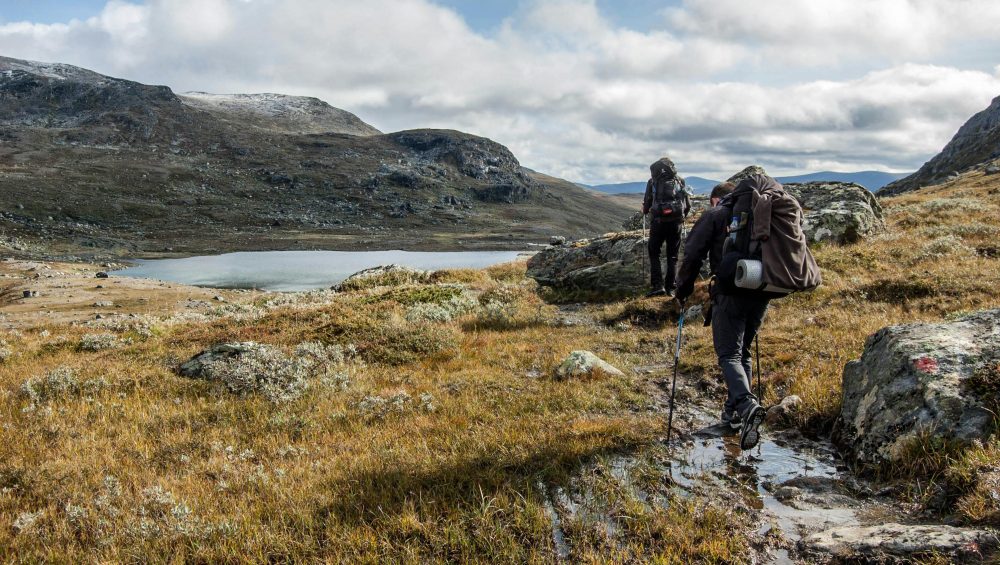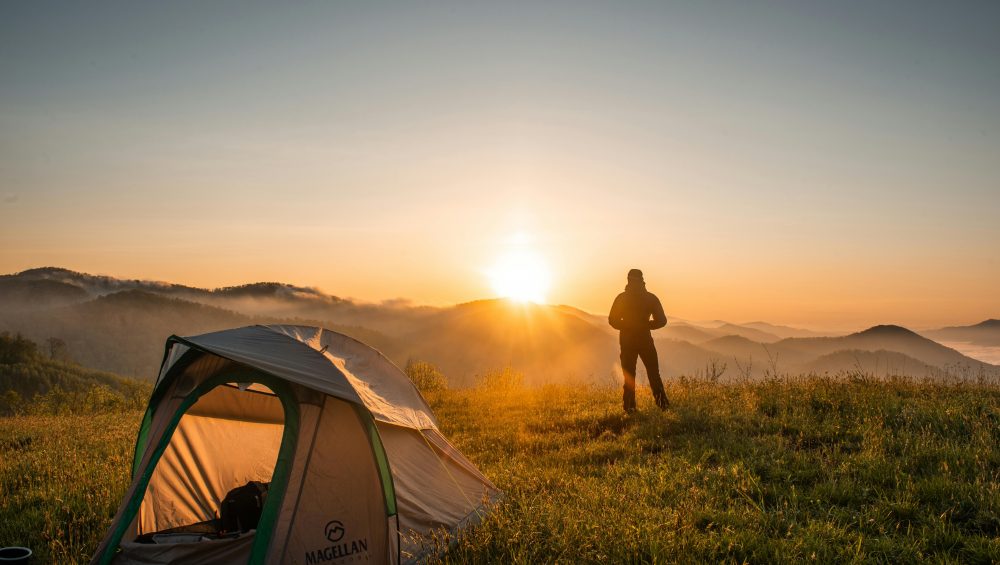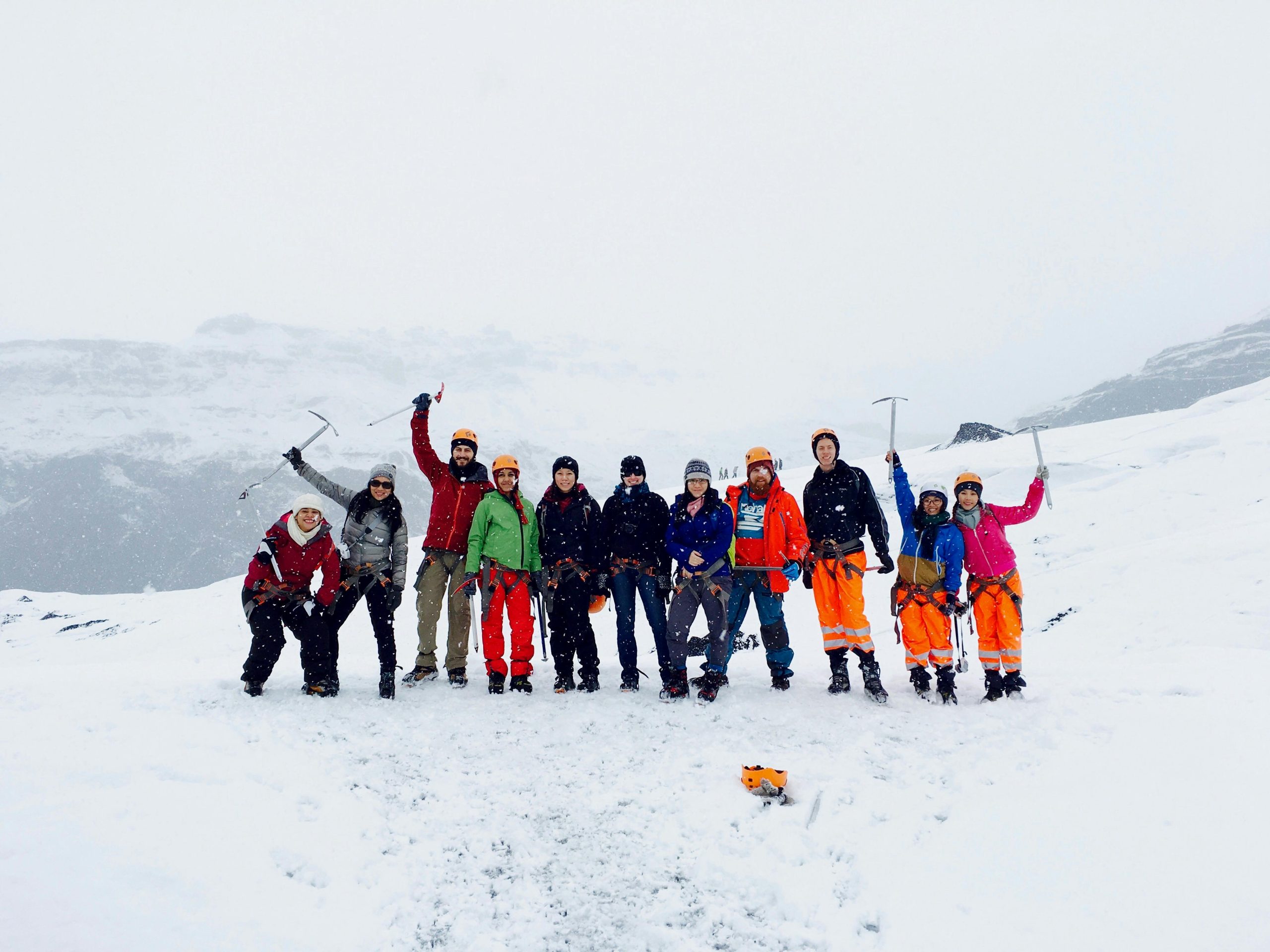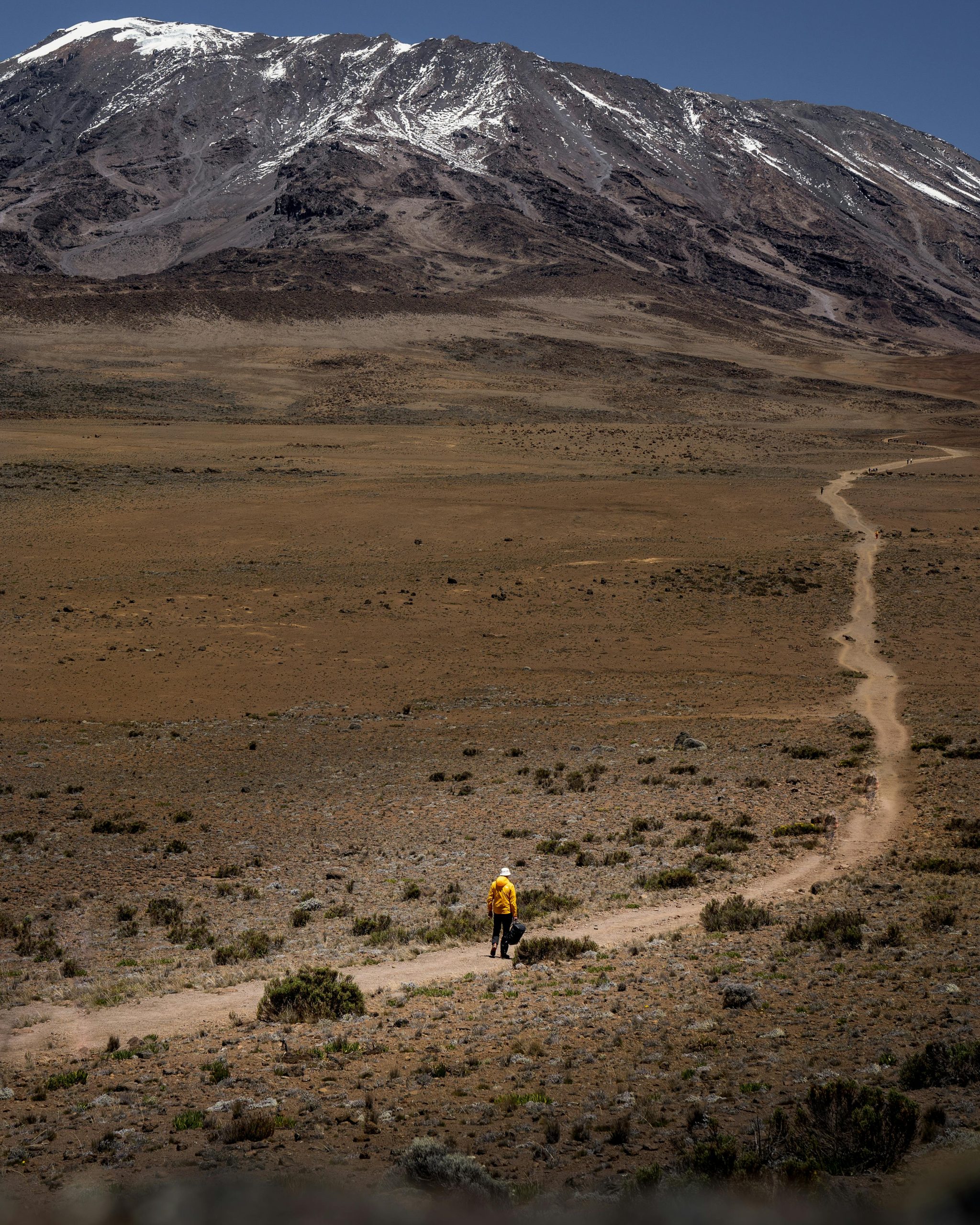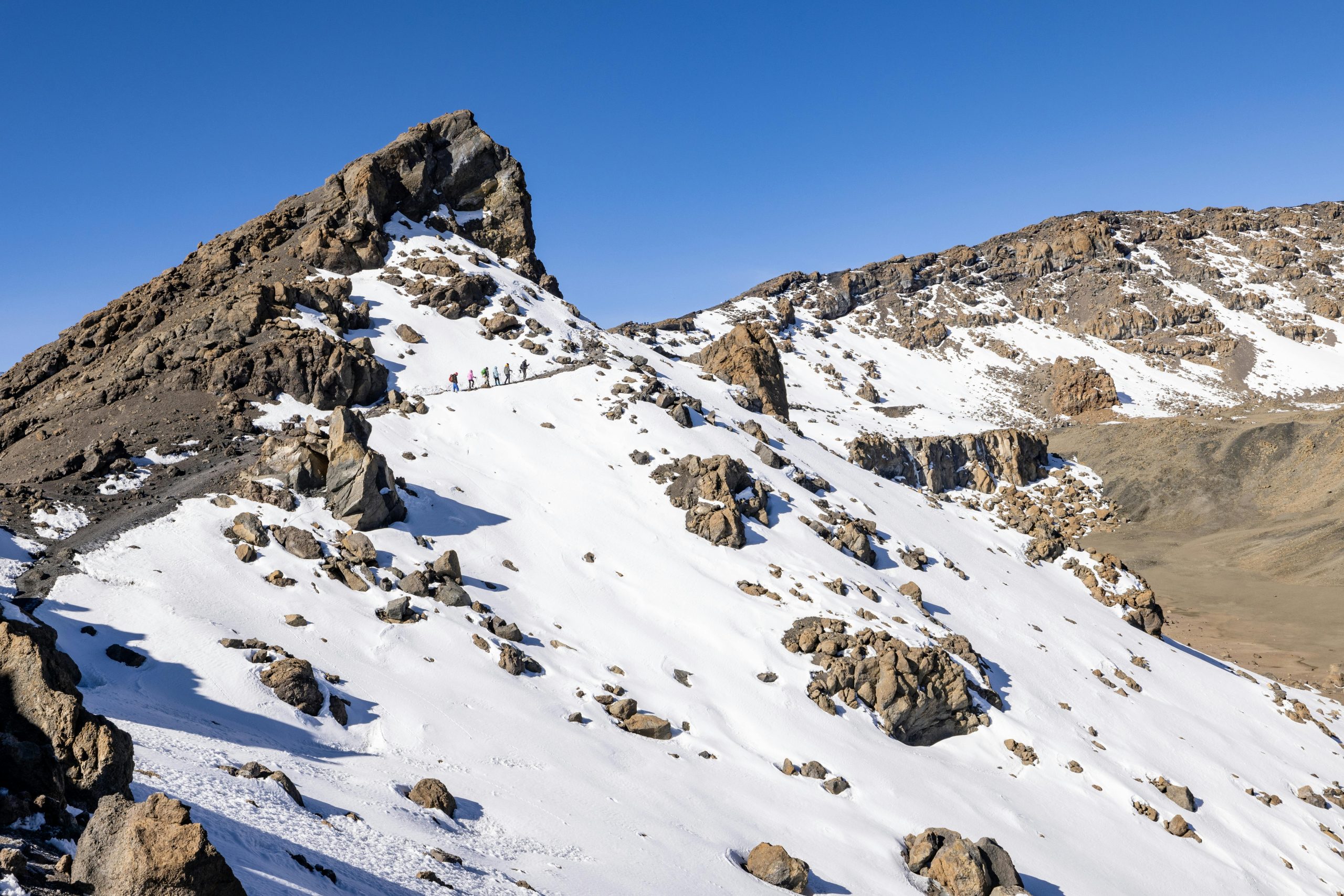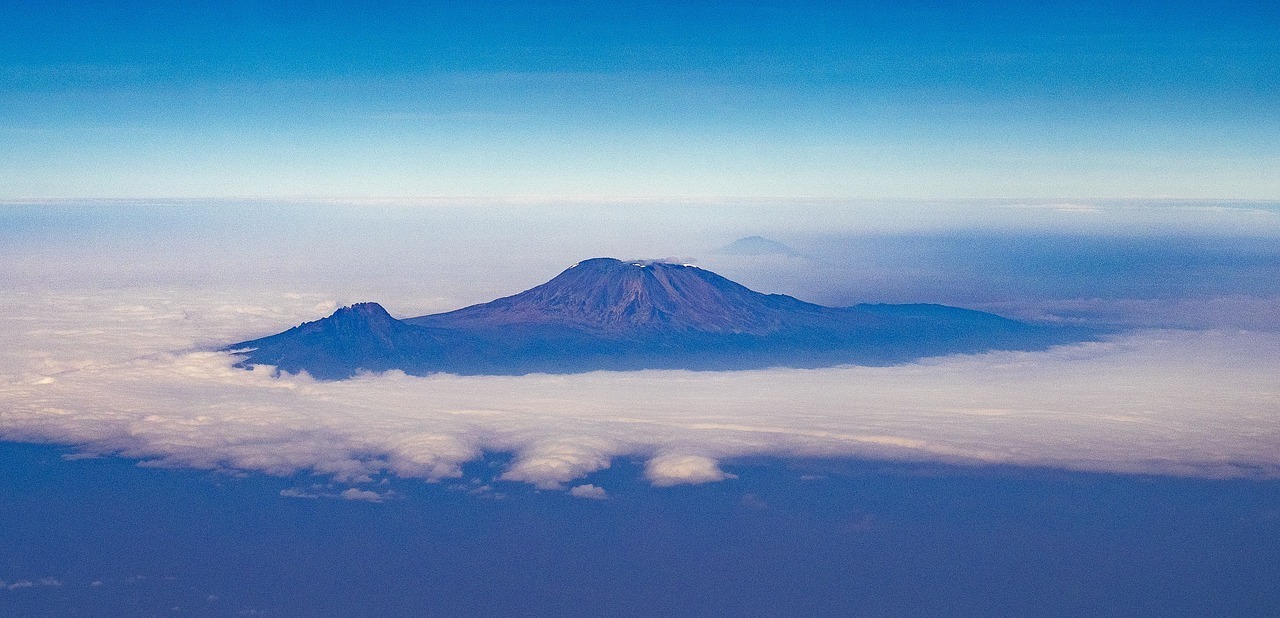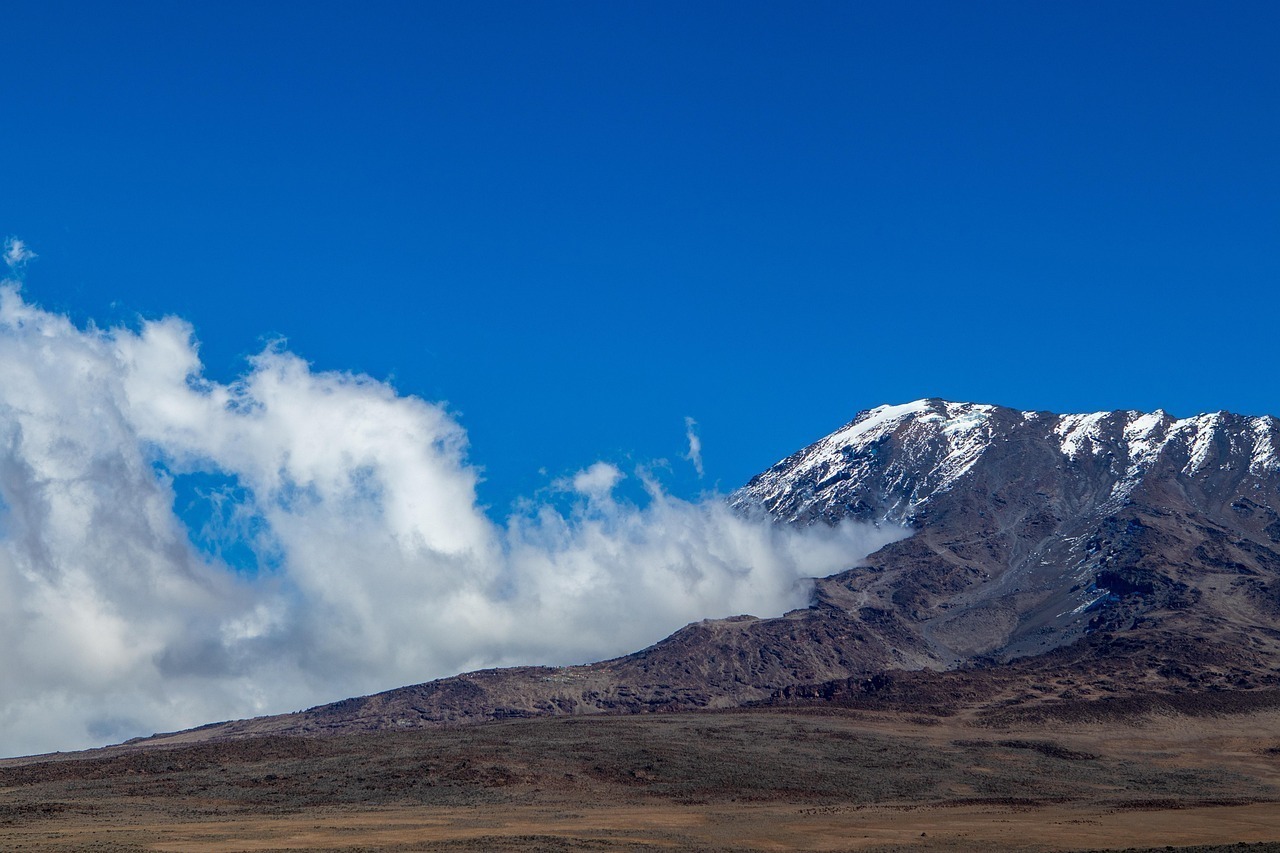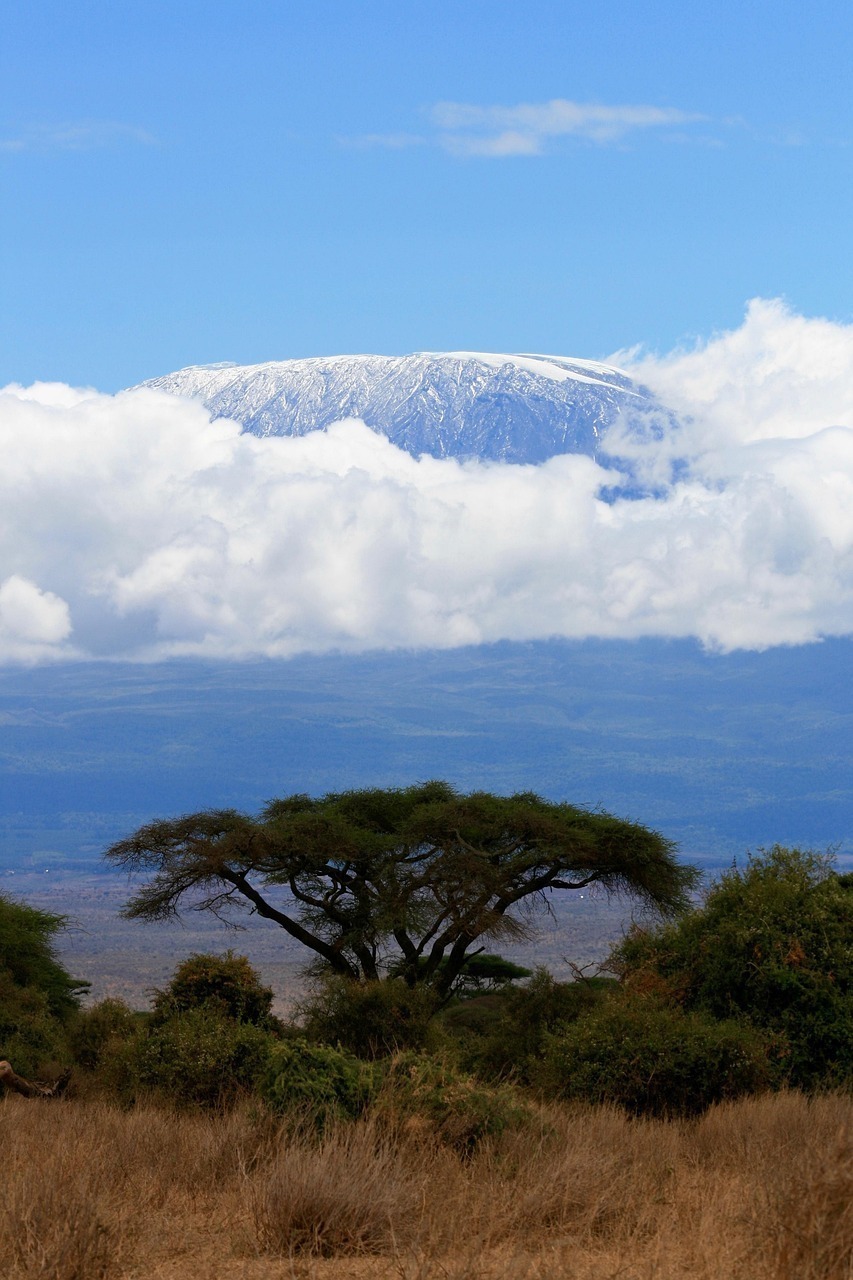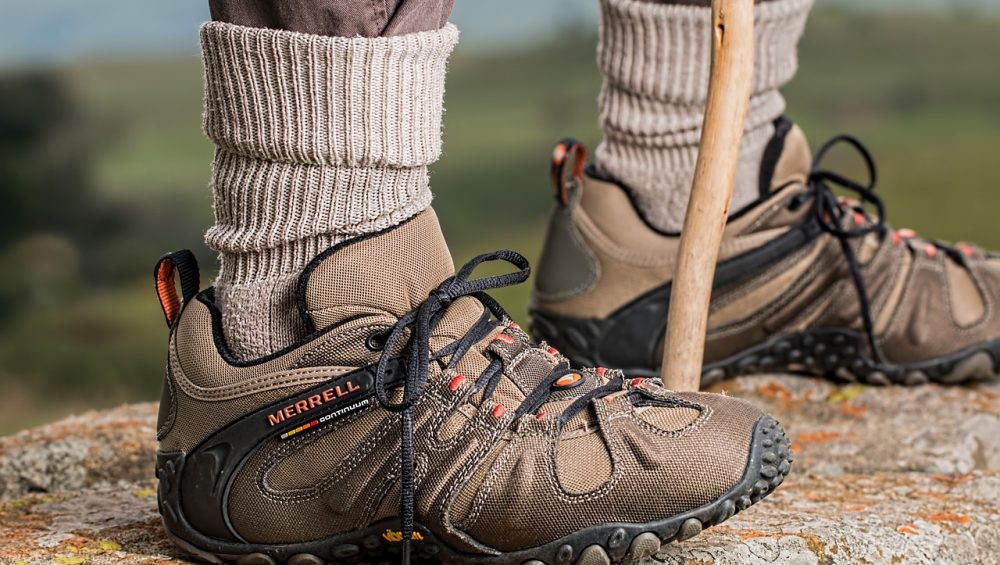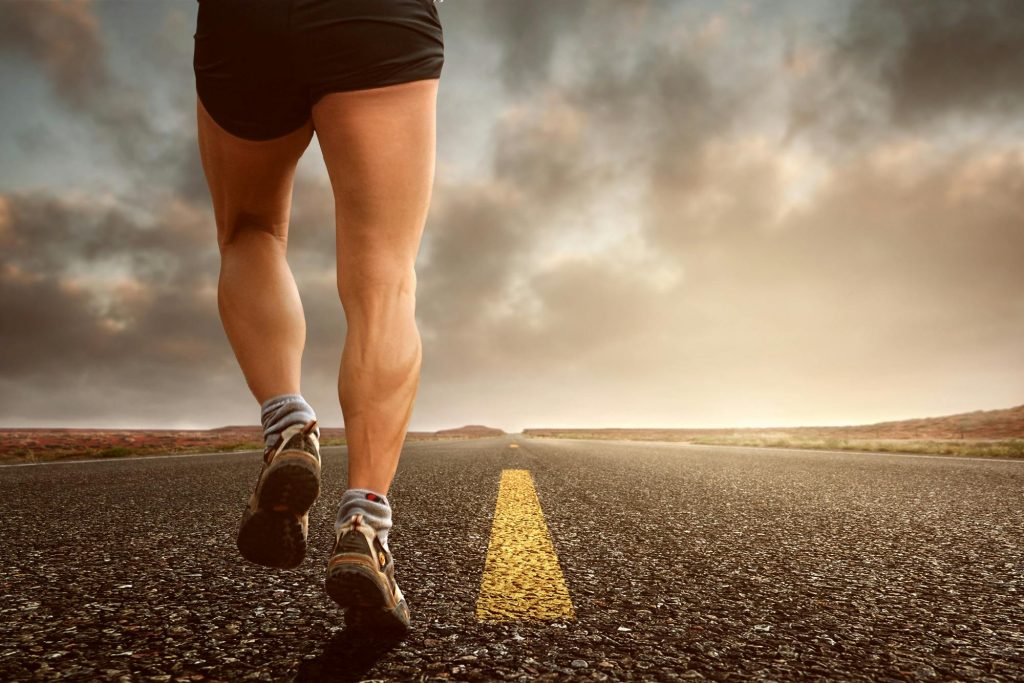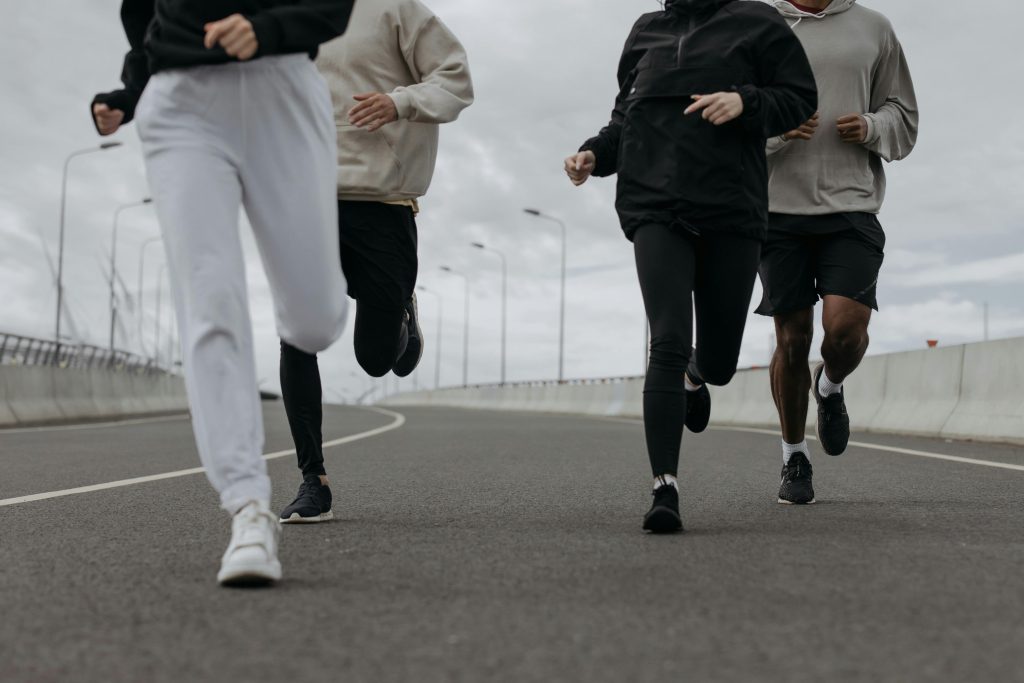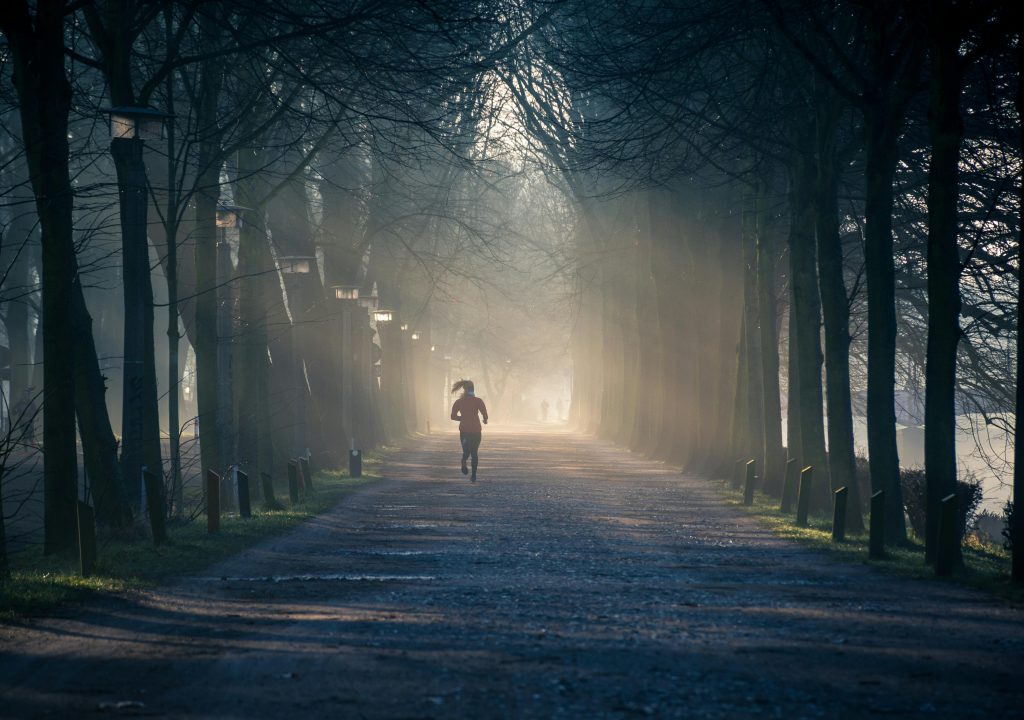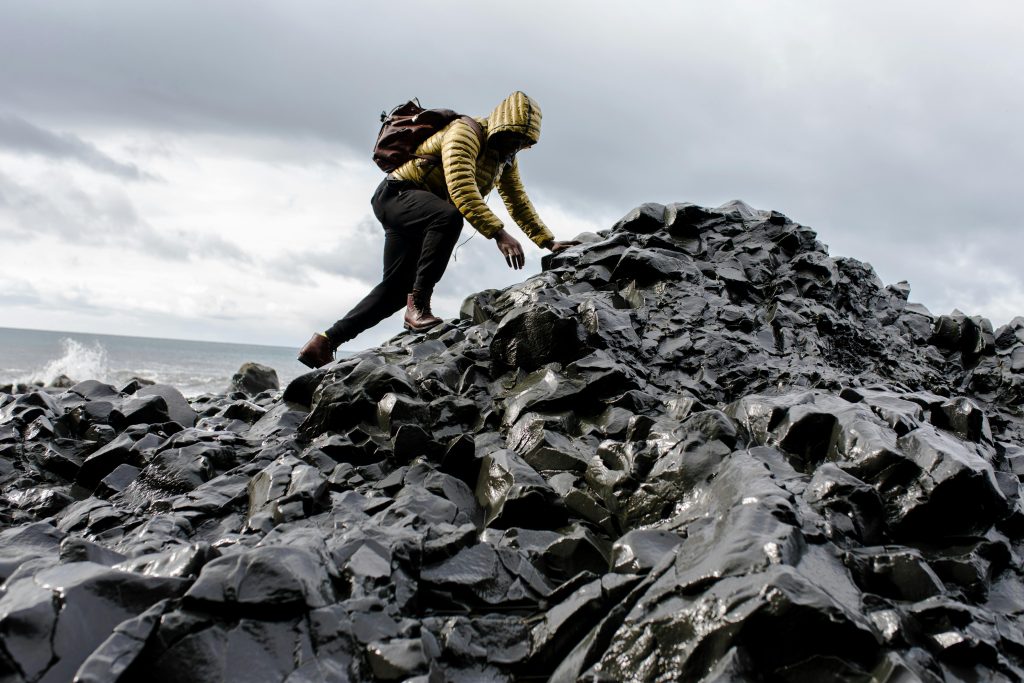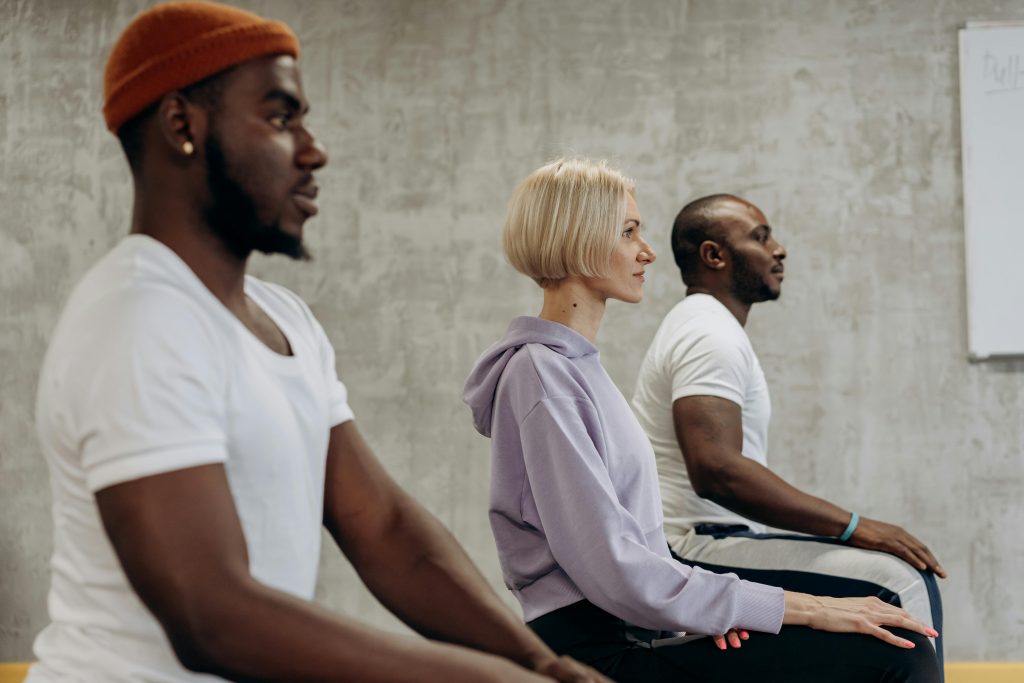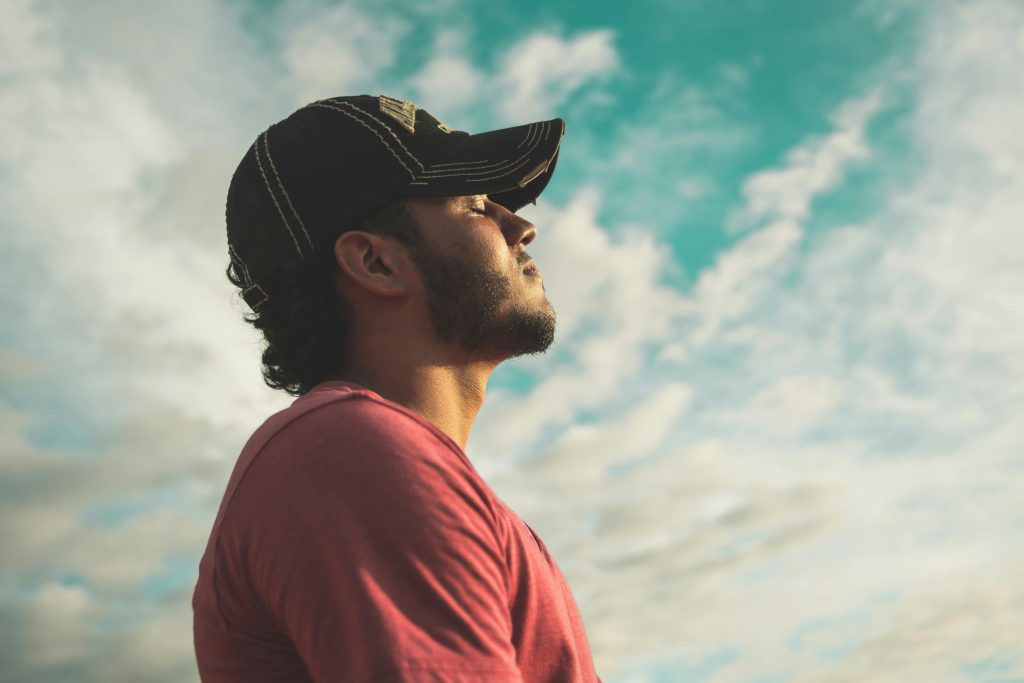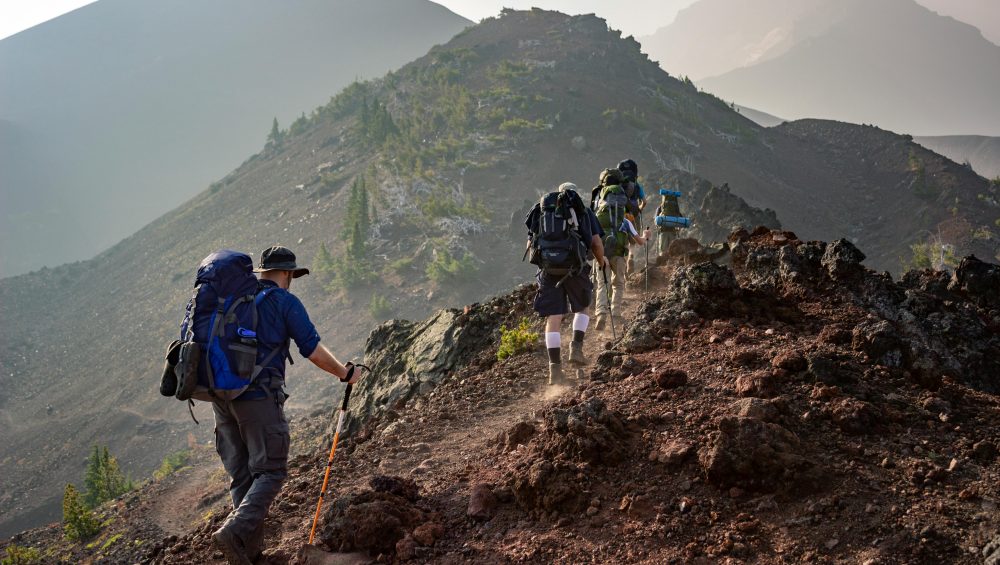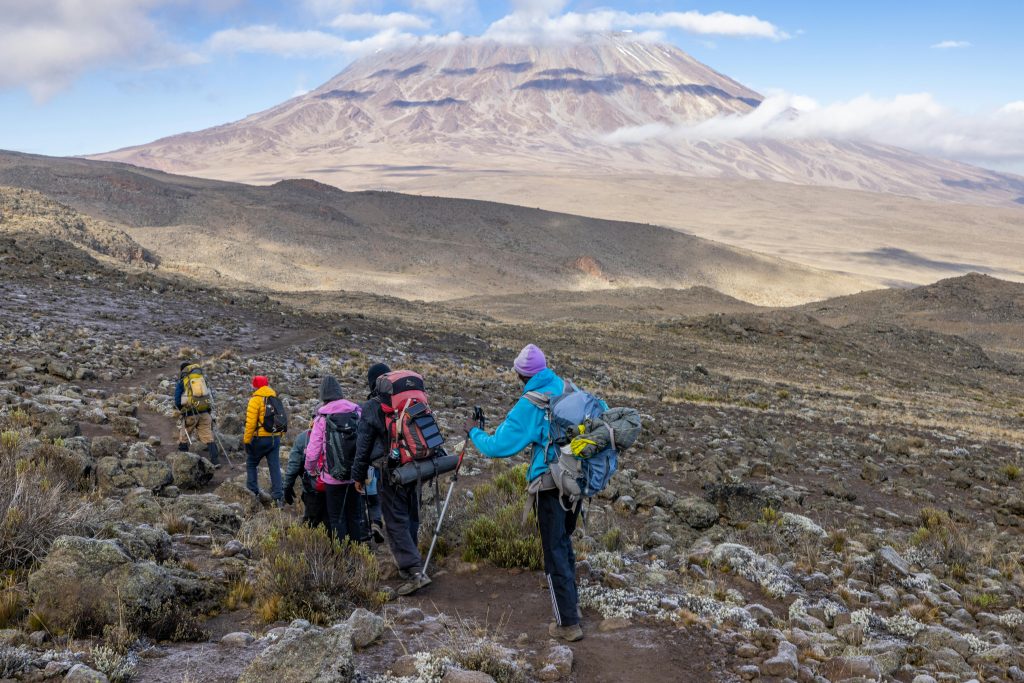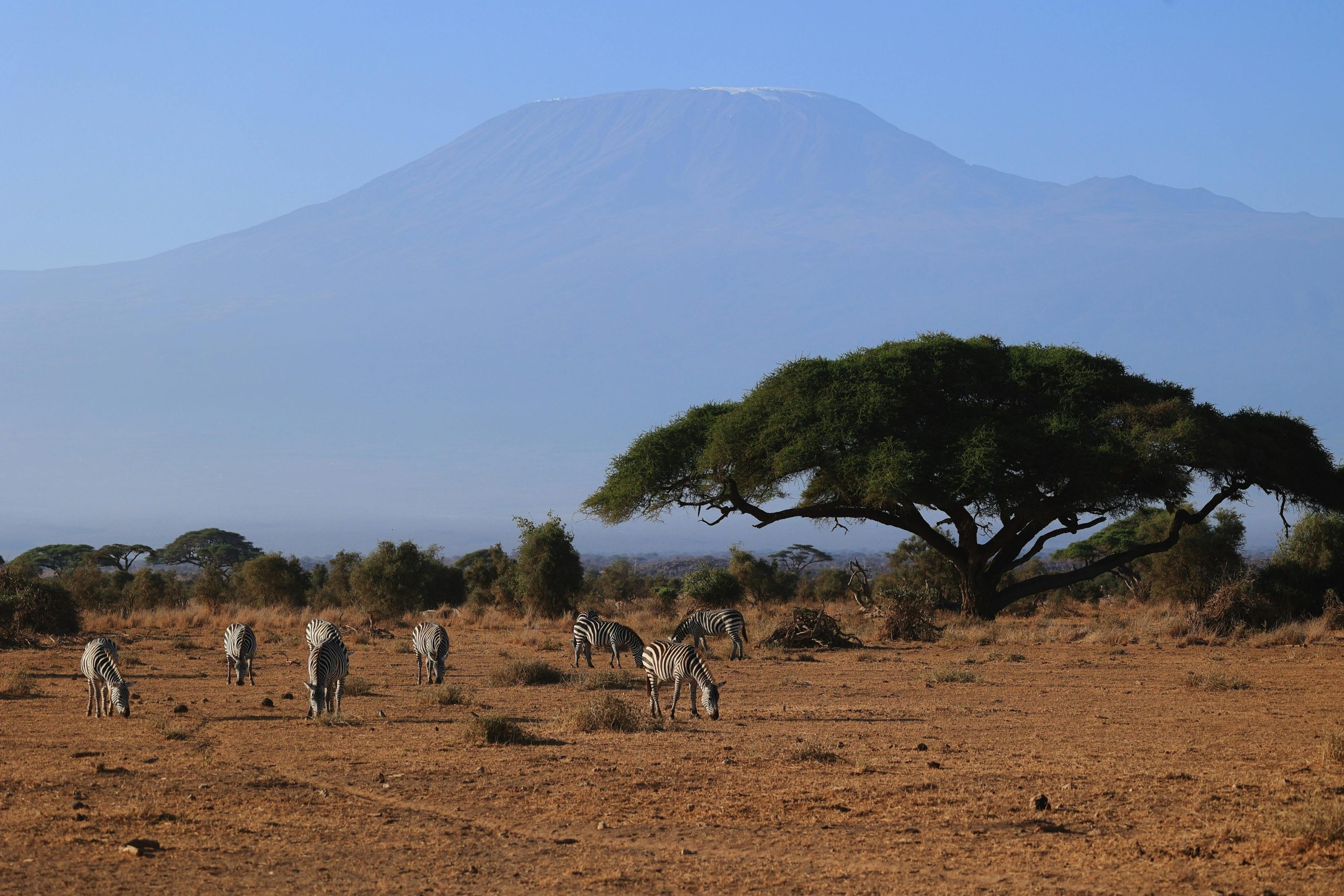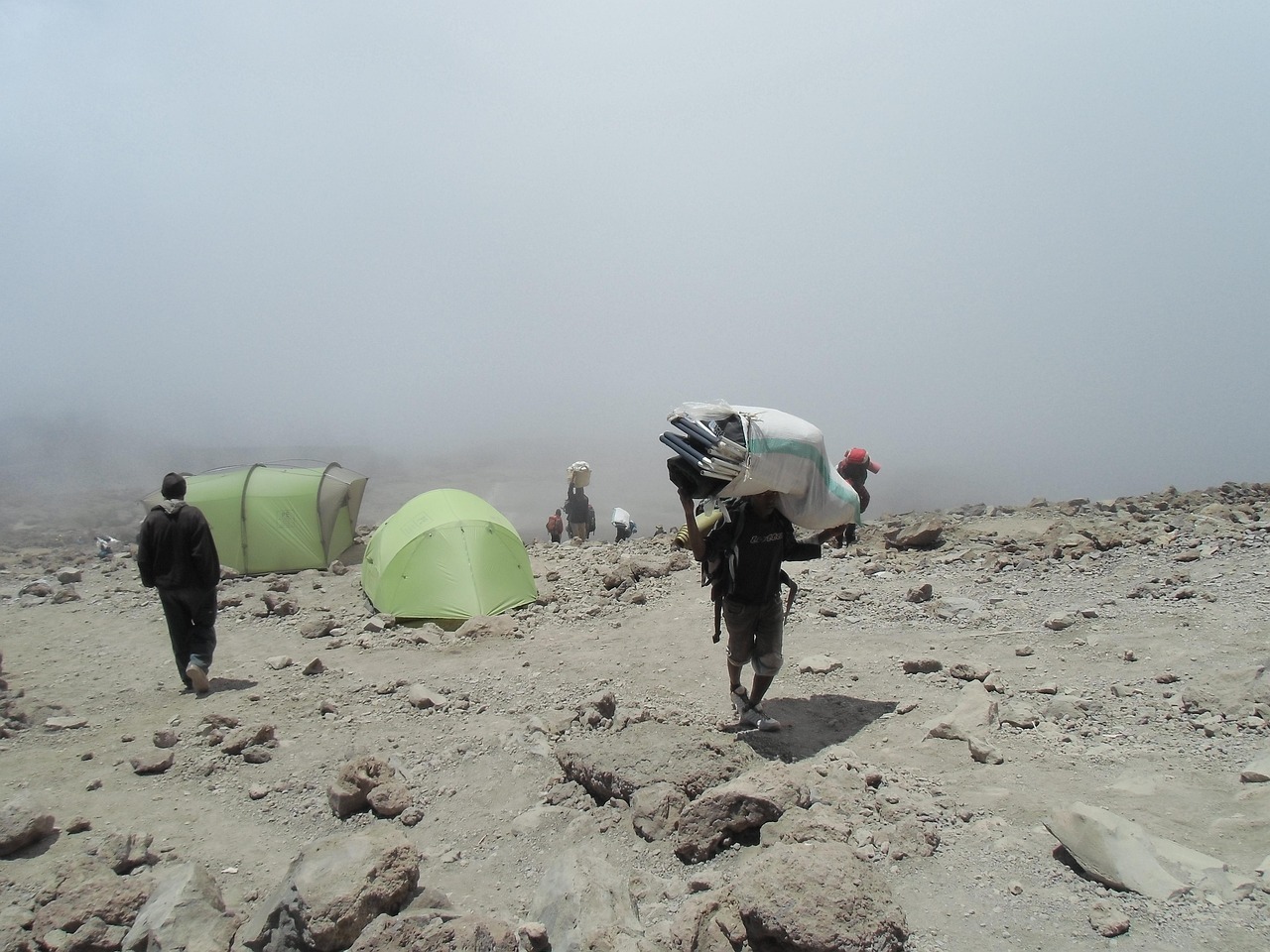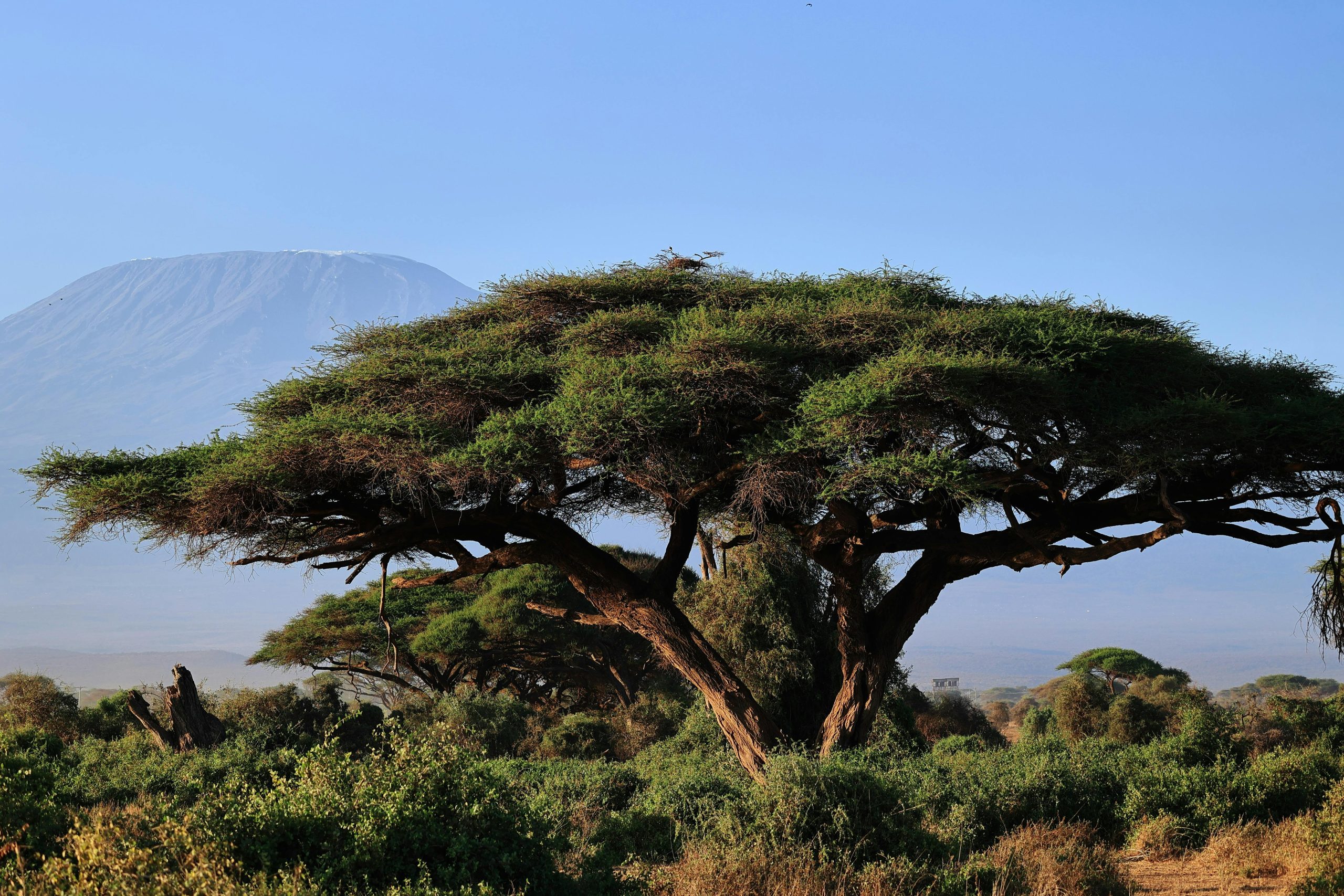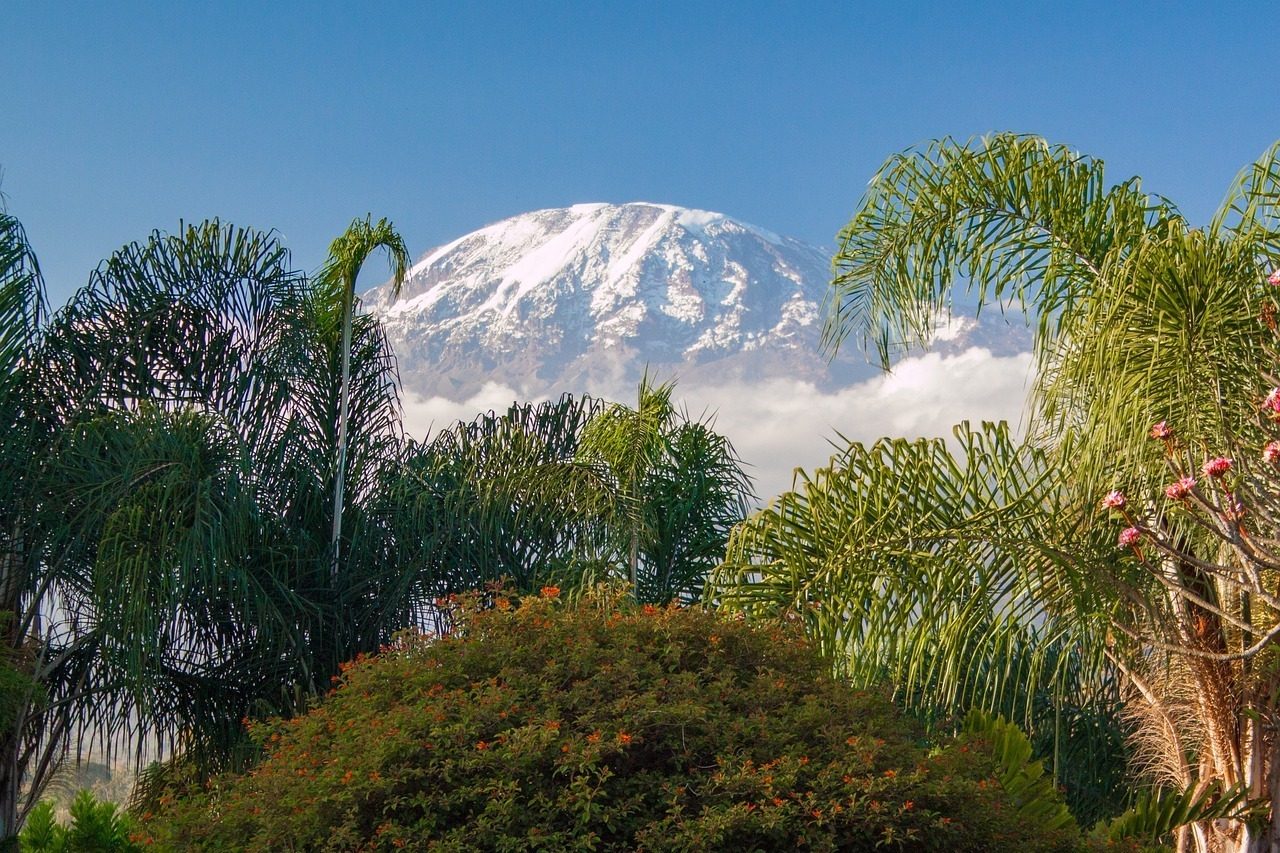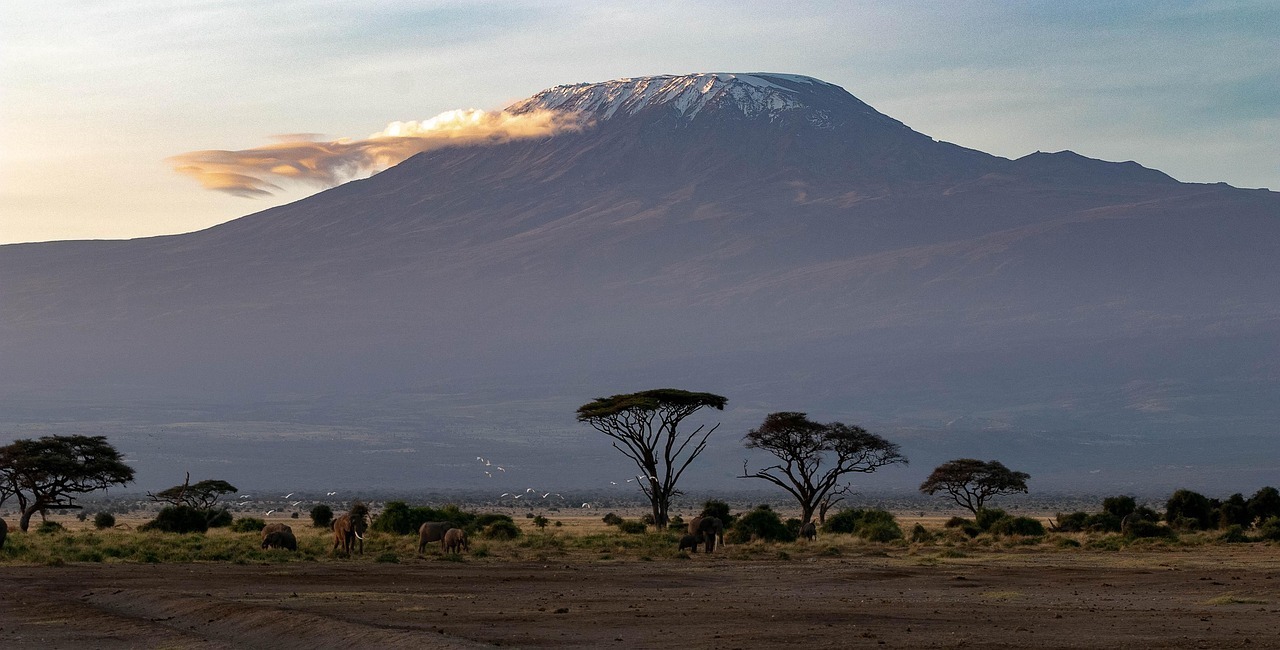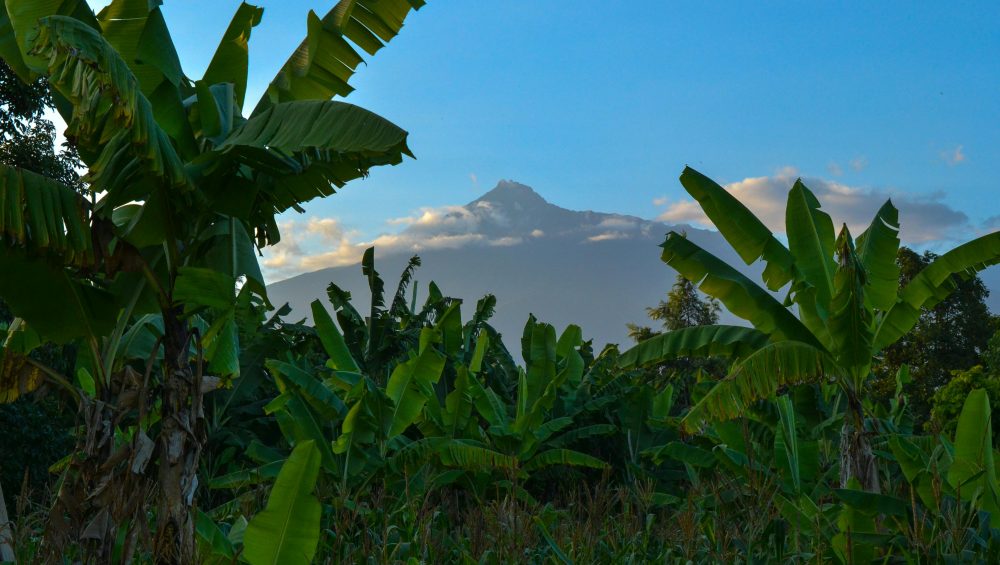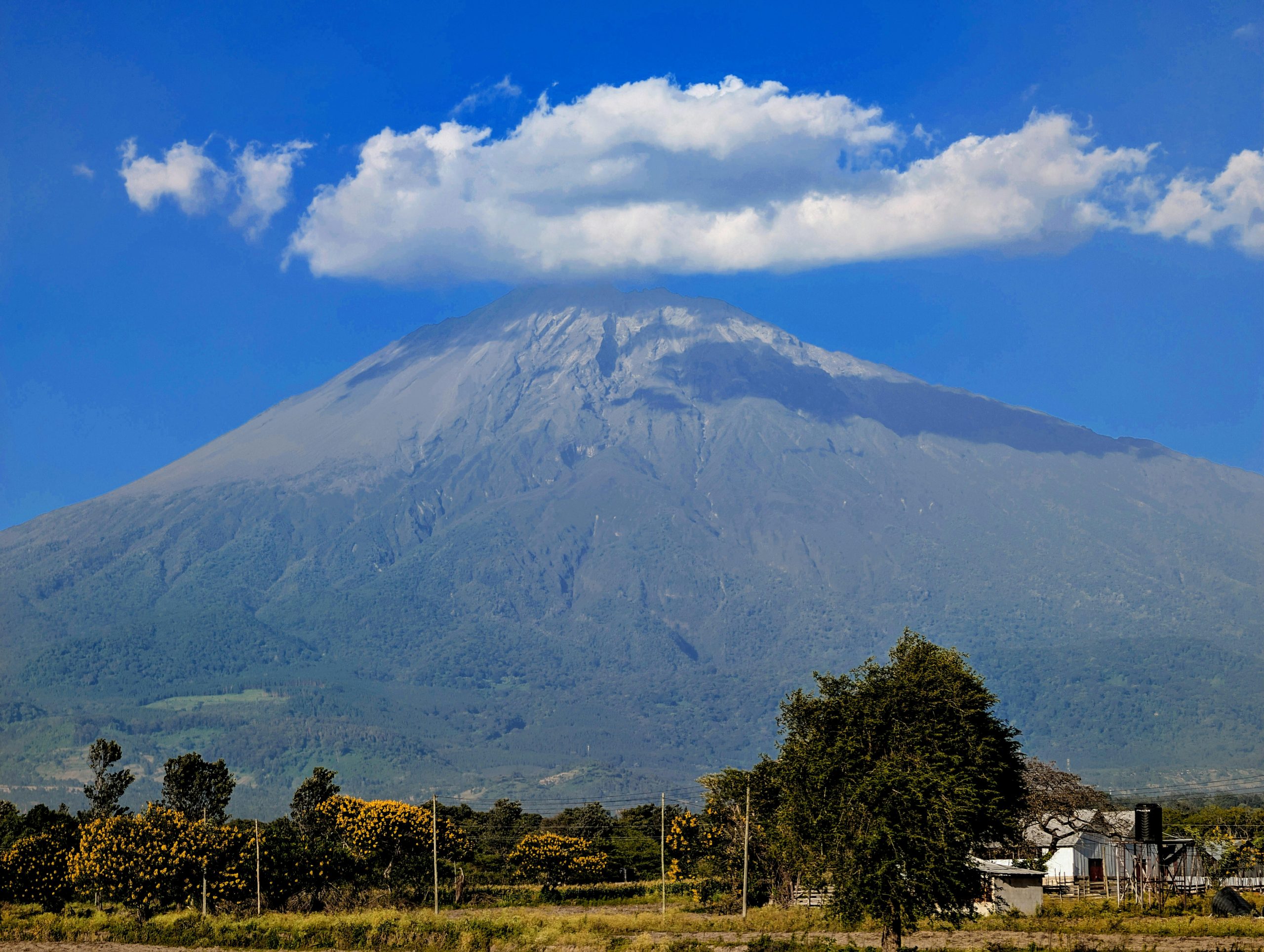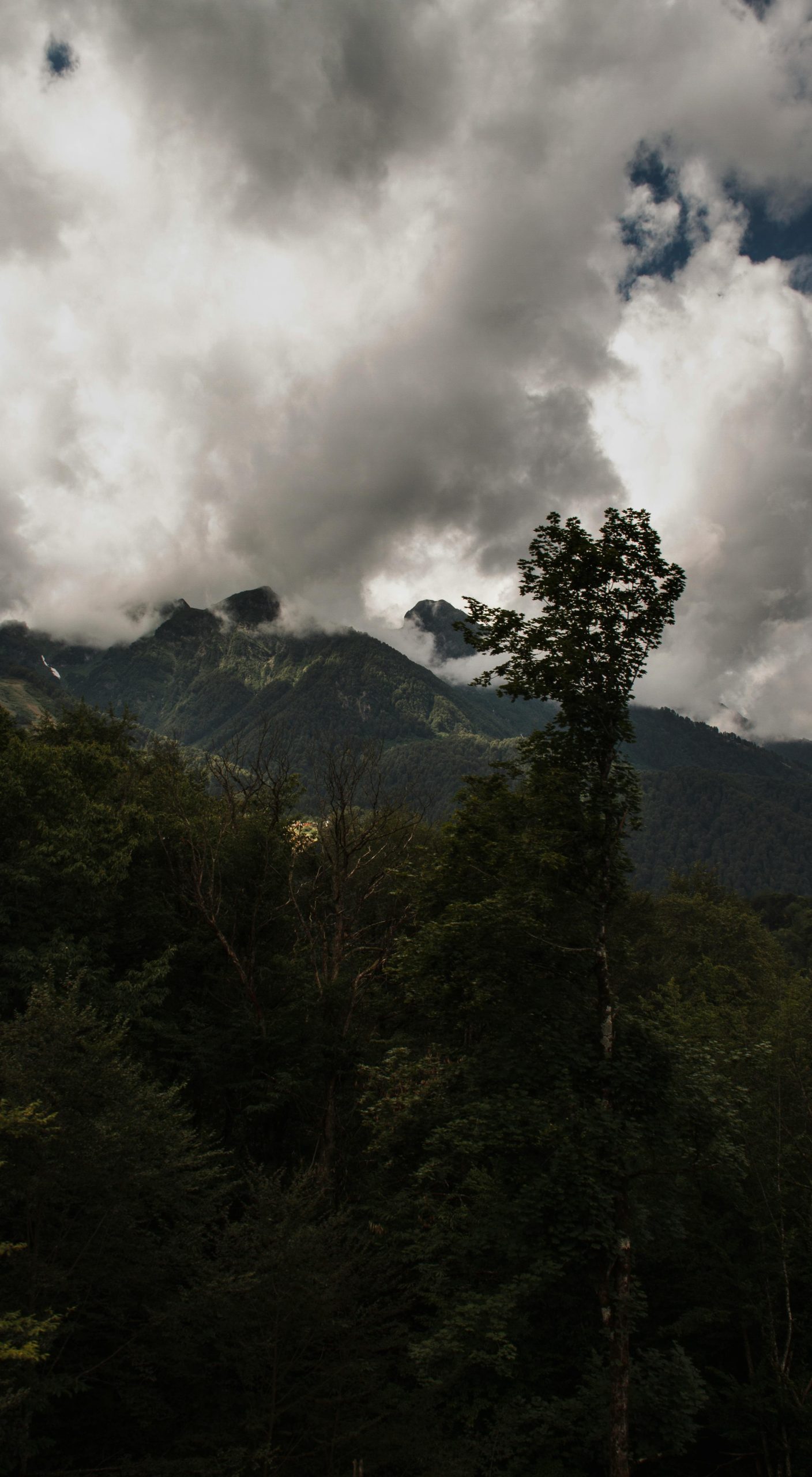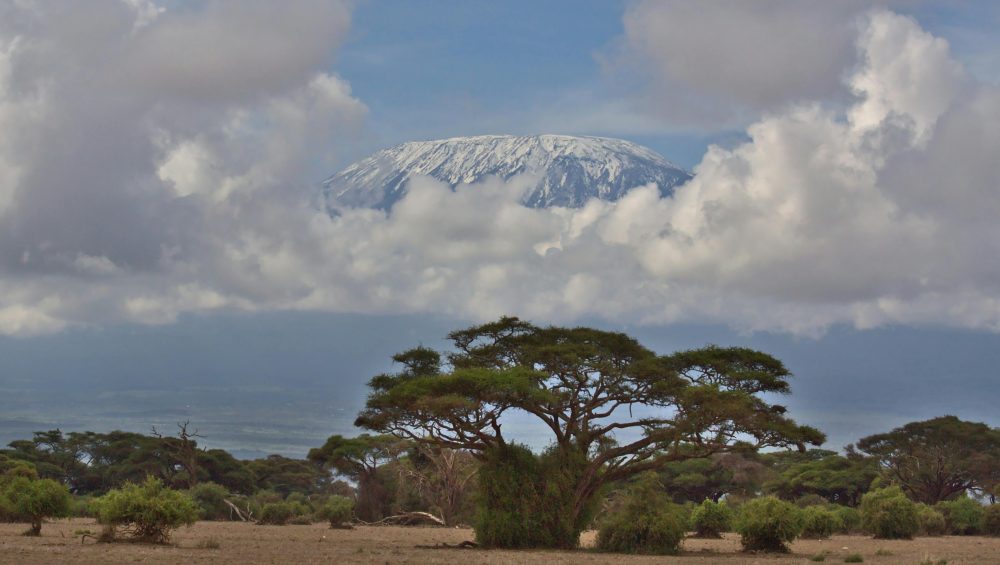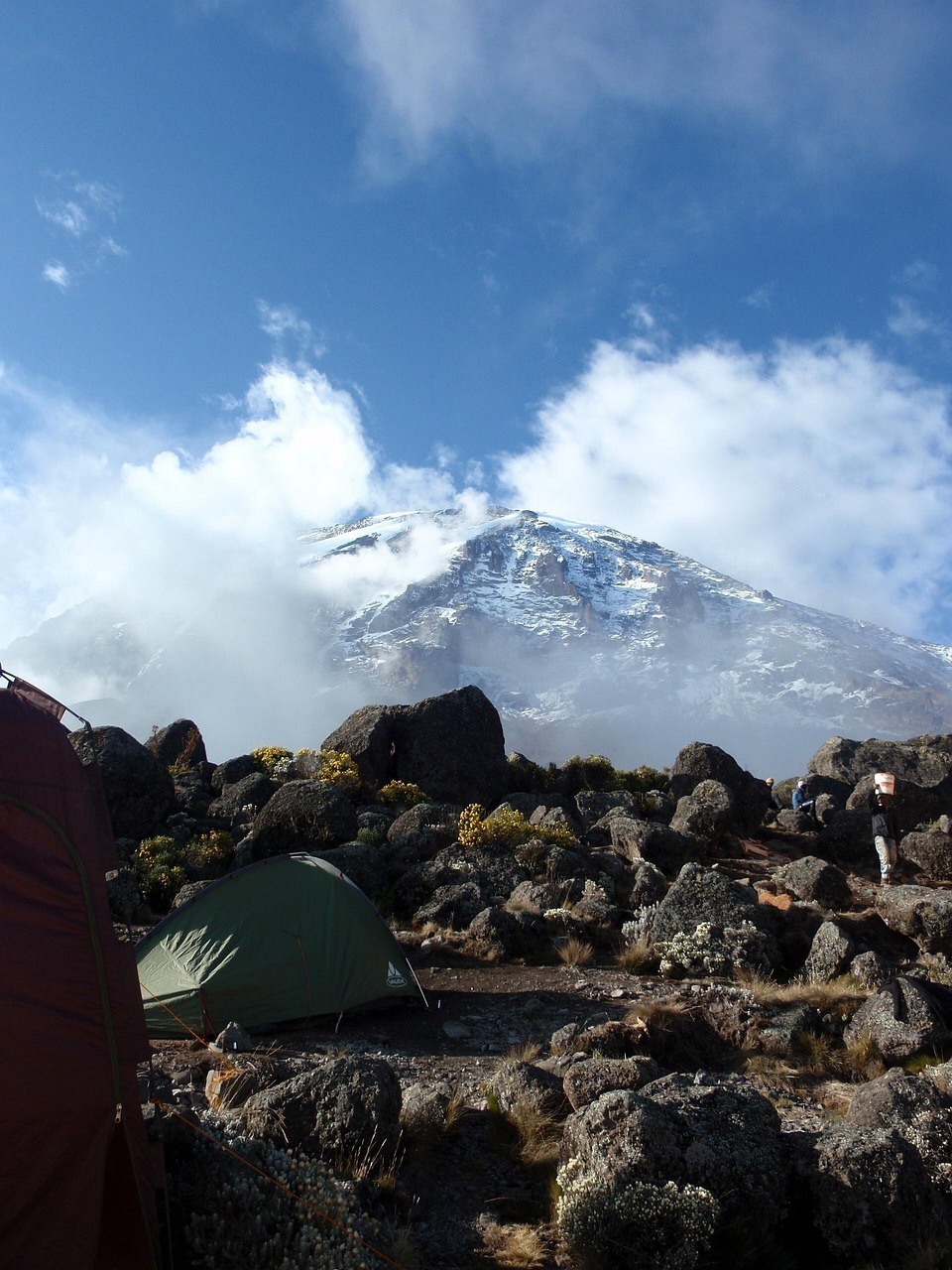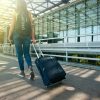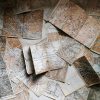Trekking with Purpose
Trekking with Purpose: How Sasatrip Supports Local Guides
At Sasatrip, we believe that travel should not only transform the lives of travelers—but also uplift the communities who make the experience possible. Behind every successful summit, every unforgettable safari, and every heartfelt cultural exchange, there are dedicated local guides, porters, and support teams working tirelessly to bring Tanzania’s beauty to life.
In this article, we take you behind the scenes to show how Sasatrip empowers local guides, supports fair working conditions, and ensures that every trek leaves a positive impact on the ground.
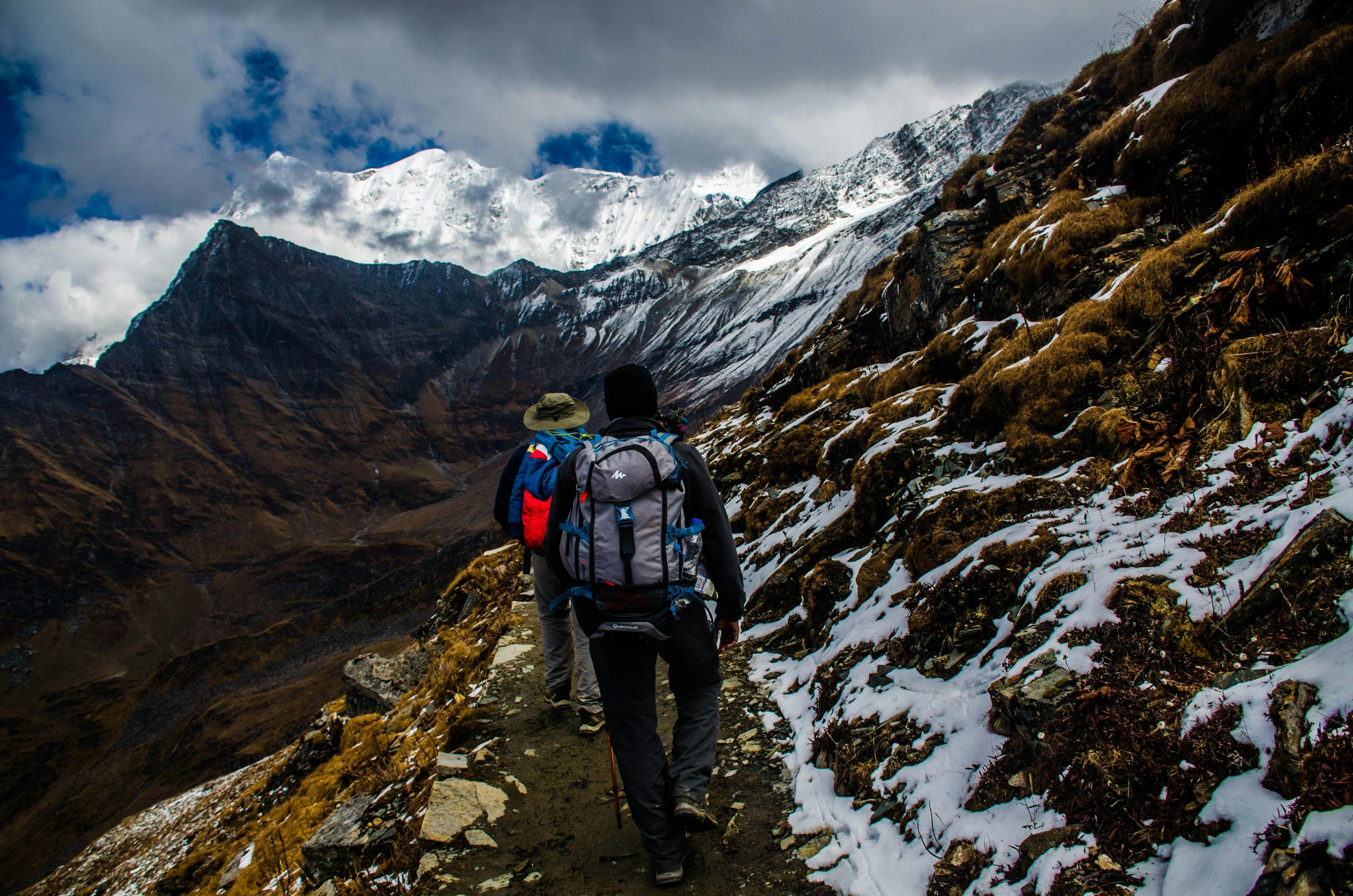
The Heart of Every Journey: Our Local Guides
Our guides are not just employees—they are storytellers, teachers, motivators, and safety experts. They’ve grown up on the slopes of Kilimanjaro, walked the Ngorongoro Highlands, and navigated the narrow streets of Stone Town. Their deep knowledge and passion create authentic experiences that no guidebook can match.
Sasatrip proudly employs Tanzanian-born guides who are:
Certified by Kilimanjaro National Park (KINAPA) and Wilderness First Responders
Fluent in English and Swahili, with some speaking German, French, and Spanish
Trained in cultural sensitivity, responsible tourism, and customer care
We also run internal workshops every year to upgrade skills in navigation, first aid, wildlife tracking, and eco-tourism principles.
Fair Wages & Ethical Practices
In many parts of the trekking industry, porters and guides are underpaid and overworked. At Sasatrip, we break that mold.
We ensure:
Above-standard salaries for guides and porters
Transparent tipping guidelines for clients to avoid exploitation
Fair porter loads—no one carries more than the legal 20 kg limit
Three meals a day for all crew members on the mountain
Proper clothing and gear (jackets, boots, sleeping bags) provided by the company
We proudly follow the guidelines of the Kilimanjaro Porters Assistance Project (KPAP), which promotes ethical treatment for mountain crews.

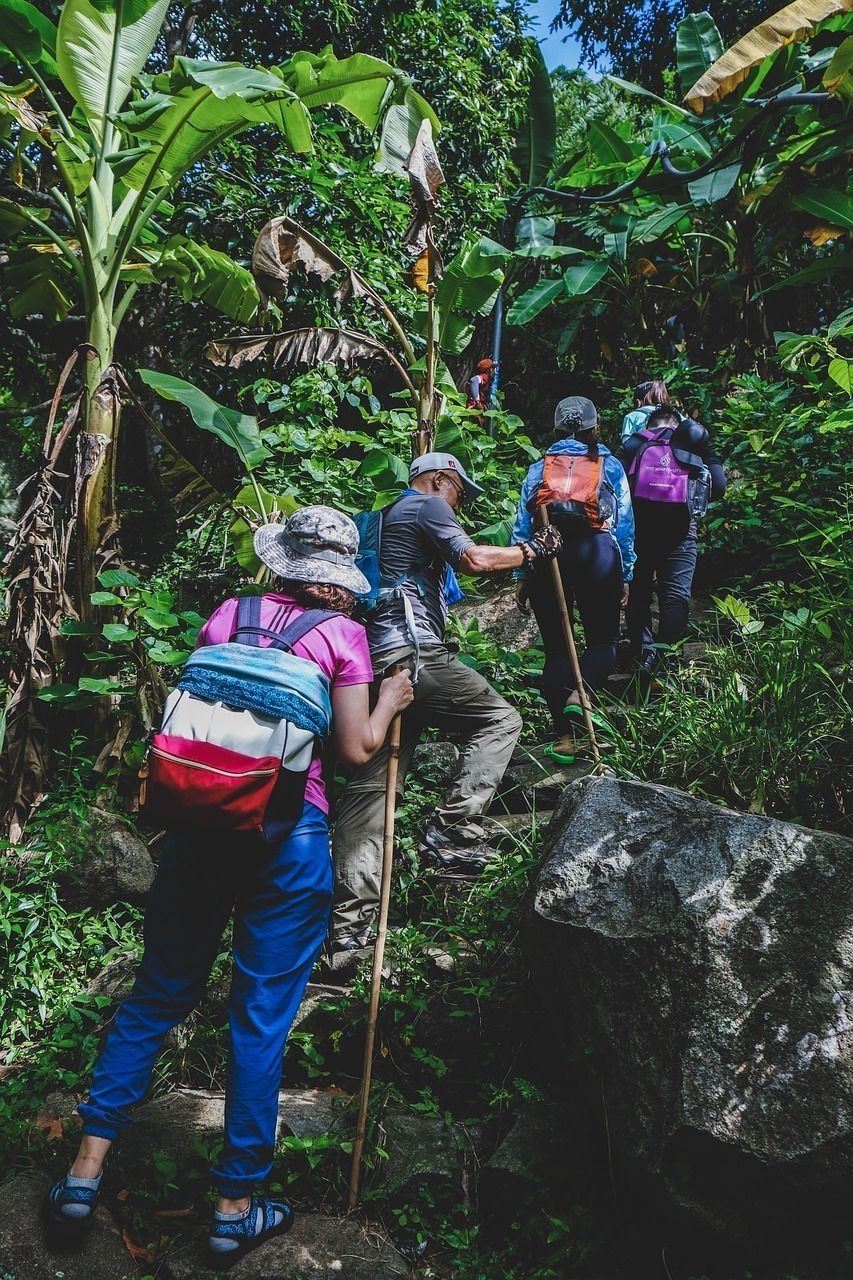
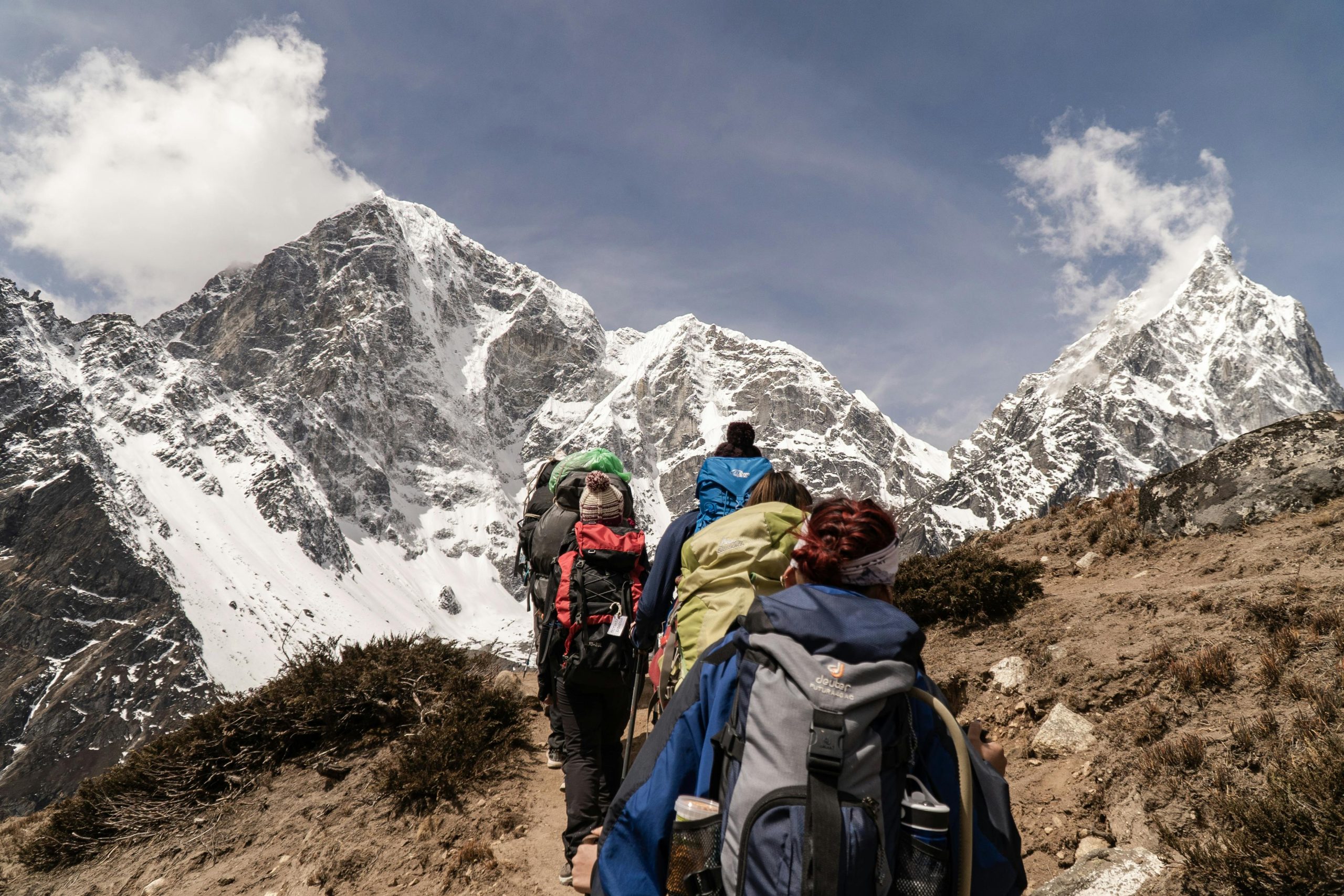
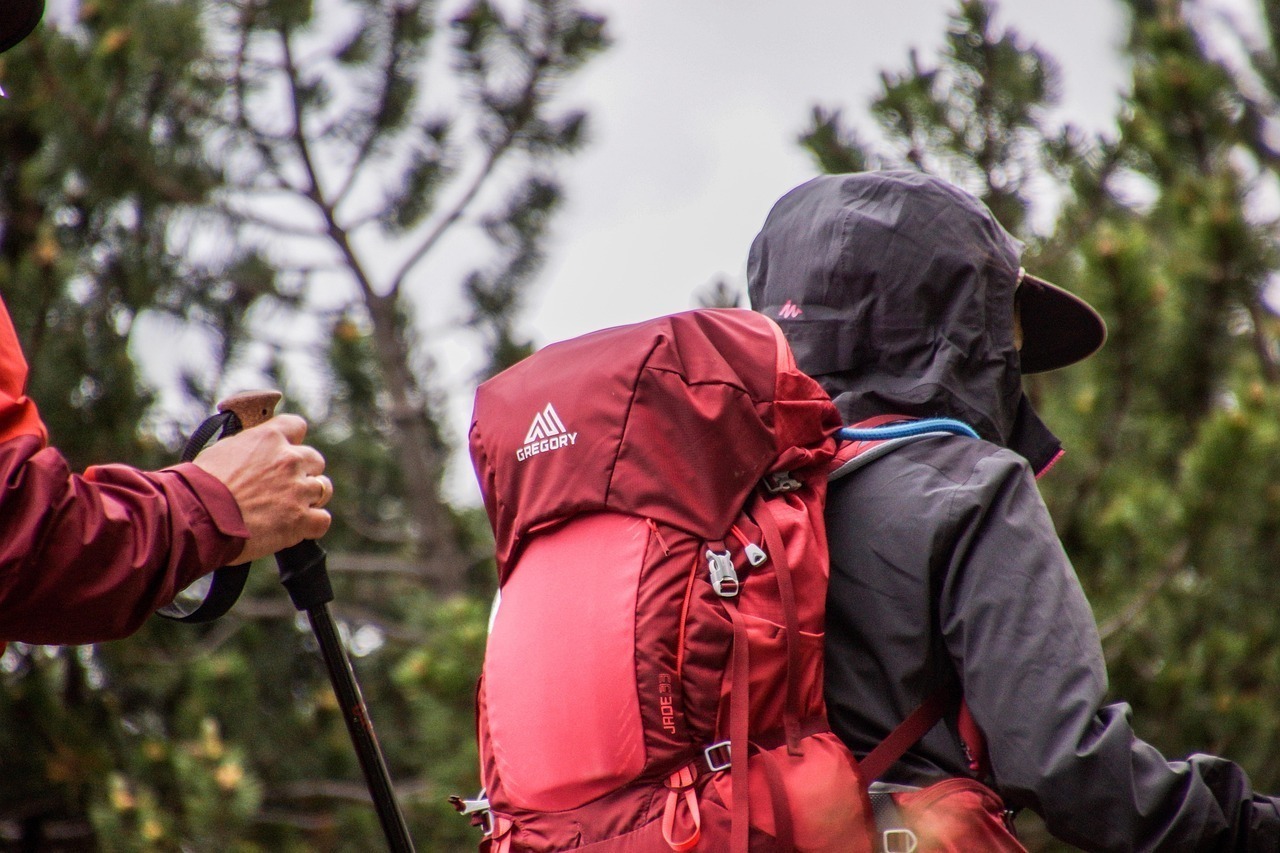
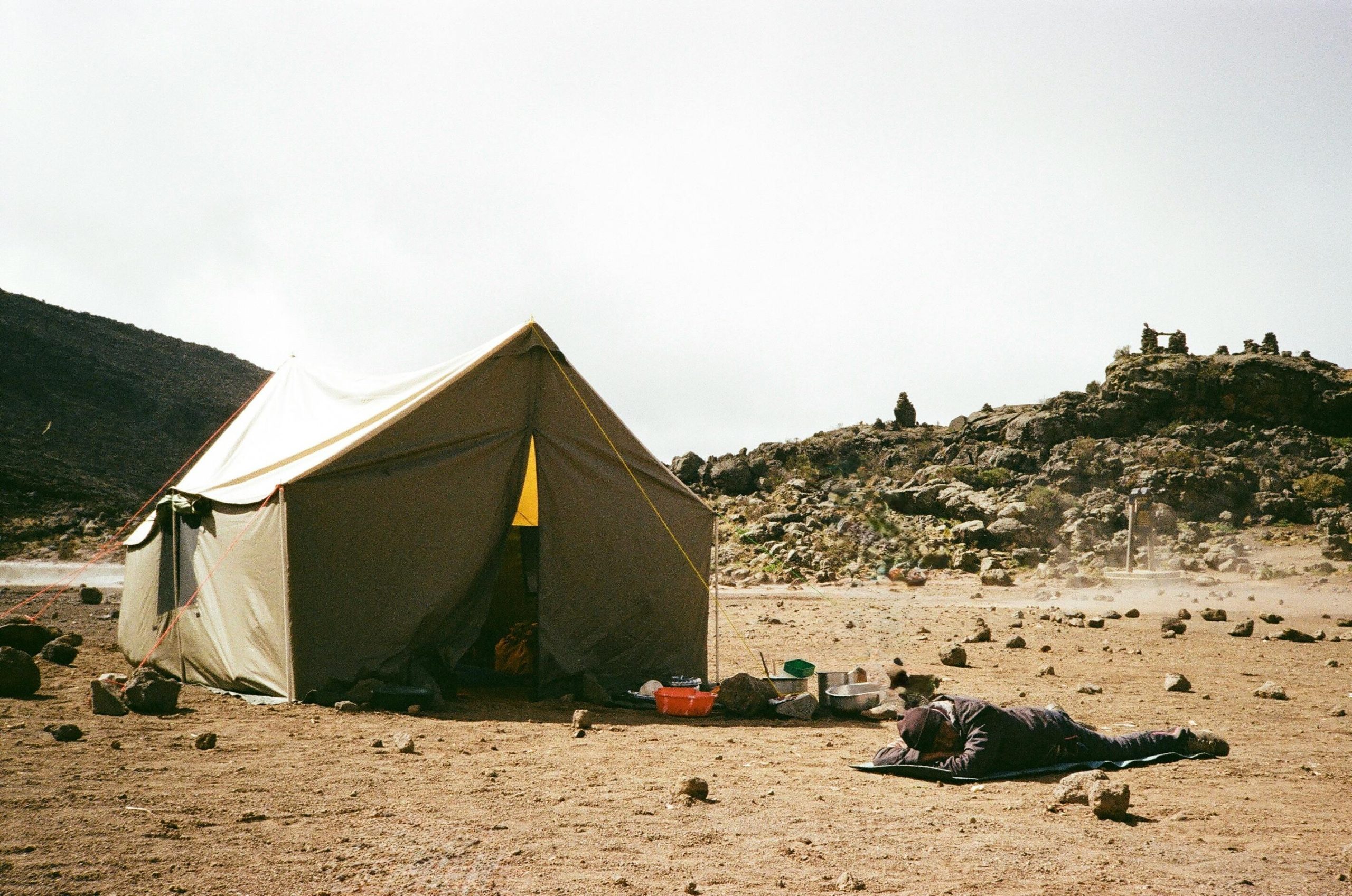
Training the Next Generation
Sasatrip reinvests a portion of every booking into training and mentoring programs for young Tanzanians who dream of becoming guides.
Through our Sasatrip Guide Academy, we offer:
Mountain guide apprenticeships
First-aid and altitude sickness response workshops
English language classes
Environmental conservation training
Many of our former porters and cooks have graduated to become certified head guides—proof that empowerment leads to excellence.
Supporting Communities, Not Just Treks
Our impact goes beyond the trail:
We source food and supplies from local markets to support small-scale farmers and vendors.
We partner with women’s cooperatives for handmade gifts and souvenirs.
We support school supply drives in remote mountain villages and contribute to local education efforts.
Travel with Sasatrip isn’t just a trip—it’s a ripple effect of opportunity.
—
What Our Guides Say
“Before Sasatrip, I had no formal training. Now I’m a certified guide, and I’ve led over 100 people to the top of Kilimanjaro.” — Joshua, Lead Guide
“When climbers tip fairly and treat us with respect, it motivates us even more. Sasatrip always makes sure we’re looked after.” — Zubeda, Assistant Guide
“The best part is when a guest says, ‘I couldn’t have done it without you.’ That’s when you know your job matters.” — Peter, Trekking Porter (in training to become a guide)
—
Why It Matters
Responsible travel isn’t just about carbon footprints—it’s about the human impact of your journey. When you choose Sasatrip, you’re not just trekking with a company. You’re partnering with a movement that values dignity, opportunity, and community.
